A garden feeds more than the table - it feeds the soul.
Hello my friend.
A very warm welcome to A Simple Living Journal where we chat about all things slow, simple and seasonal living. I love that you are here, please come in and make yourself comfortable.
Well we finally had some rain didn’t we, a much needed addition to our gardens. I can hear the plants breathing a huge sigh of relief. Me too! Growing one’s own flowers and edibles can prove challenging in prolonged dry weather, but just like nature, we relish in the warmer (not too hot) sunnier moments of late Spring and thrive in the fresh and invigorating rainfall.
The rain drenched ground being soaked up by thirsty plants and barren grasslands once again becoming a lush blanket of green. There is renewed energy from quenching natures thirst with rainwater. Our gardens and land are thriving once more.
Growing our own food, however challenging, brings with it so many rewards and provides numerous health, environmental and economic benefits.
We all know the history of allotments becoming a necessary part of life during world wars I and II with the Dig for Victory campaign but did you know that allotments can be traced back as far as Anglo-Saxon times. Landowners would bequeath plots to poor countrymen and later, enclosures of common land saw plots allotted to cottagers and labourers as compensation for lost land.
The system gained prominence during the 19th century, providing land for the labouring poor due to industrialisation and lack of social welfare.
Allotments continue to be relevant today with a renewed interest in self-sufficiency and community gardening.
Growing our own enables us to eat seasonally, with the exception of freezing or preserving our gluts of course. Sadly, eating seasonally has lost its way somehow hasn’t it. You only have to look down the fruit and veg aisles in supermarkets to see why. Parsnips and oranges in Summer and in Winter we see strawberries and raspberries on the shelf.
To me there is nothing better than eating strawberries in summer, with a dollop of cream, sitting outside with the sun on your face. Nothing says summer quite like strawberries and cream does it? It doesn’t quite feel the same eating them in winter does it.
In some ways it’s nice to have access to our favourites all year round but it is at the cost of losing our connection to nature. I am grateful to have grown up in a time when eating seasonally was our only option. I remember getting excited when clementine’s started appearing in the greengrocers again in Winter. Nothing tastes more like Winter than the zingy taste of an orange.
Other benefits include being able to eat fresher more nutritious produce, reduce food waste and also save money on our food bills.
I’ll touch on the benefits in more detail later in this publication but first I want to share our journey of growing our own food with you.
In the beginning
In April 2014 we took on an allotment at a local site. For ten years we tended the plot as it continued to provide us with a bounty of fruit and vegetables to enjoy. We grew lots of different edibles including damsons, rhubarb, strawberries and later on, raspberries. These were easy to maintain as they grew every year. We also grew potatoes, squash, pumpkins, tomatoes, beans, onions and garlic to name but a few. We tried sweetcorn some years but never very successfully. I think quite a few plot holders had the same outcome.
Then last September we gave it all up. Some thought we were mad but it was the right thing for us to do as we had recently bought a new campervan to nurture our passion for travel. Those who have allotment plots know that a lot of time investment is necessary for the plots to fully flourish, time that we no longer had.
We had a lot of fun on the plot over those ten years and we learned a lot about growing. One year we even won the “most improved plot” award quite surprisingly.
We never intended on giving up growing fruit and vegetable’s though. Our long term plan was to create a space in our garden to grow the things we love eating whilst making it easy to maintain. Just to step outside into the back garden, invest a few minutes here and there sowing, planting, watering, watching the plants grow and then finally enjoy the fruits of our labour on the plate.
Fast forward to today
Even though our garden is relatively small, we find that it’s just perfect for our needs. We have given up space in the garden for vegetables and fruit growing. Owing to the very poor condition of the soil and the fact that it is full of builders rubble, we are reliant upon containers and raised beds.
In our quest to produce an edible garden at home we took our favourite elements from the allotment and replicated them in the garden. One of the things we missed was the rhubarb patch, so the first thing we created was a new patch.
Using the mountain of large stones inherited from my parents garden we built a large dry stone walled bed, filling it with lots of compost and manure and two rhubarb plants. With a couple of months of growth they seem to be thriving. Tempting as it is, we will leave the rhubarb stalks for a couple of years until the plants are properly established before we start harvesting. We do still have a lot of rhubarb in the freezer from the old plot though so we won’t run short for a while. The allotment did have a big patch!
On the opposite side of the garden we have a purpose built “container garden”. Over the years we have used this space for flowers, but we will now dedicate the space to edibles. Flowers will still be incorporated in-between the vegetable containers to encourage the pollinators to that area of the garden.
To start us off we have planted a few tomatoes, sweetcorn (🤞), lettuce, garlic and shallots. In the greenhouse we have cucumber and chilli pepper. Just a few basic things to get us going this year but over the next couple of years we will be increasing the variety of produce we grow.
We have a few other edibles dotted around the garden too.
For fruit we have blueberries, strawberries and a fig bush, as well as the new rhubarb. The strawberries are a new addition but the blueberry bushes have been with us a few years now and are fully established. The figs are proving to be a challenge though. Whilst we are getting plenty of figs, they are dropping off when still small so we are yet to get a decent harvest.
If any of you are fig growers, can you give me any tips as to why this may be happening? The variety we are growing is called Brown Turkey which I understand is suitable for the UK climate.
We have a variety of herbs too, purple sage, rosemary, thyme, lemon balm, oregano and the old favourite, mint. We also have a cola plant, bought from the Gardeners World show a couple of years ago. And yes it really does smell like cola!
What does the future hold?
Well, first of all the greenhouse needs a good clear out and tidy up, so that is job number one on the list! I want to go back to growing from seed next year, as I did when we had the allotment so I desperately need the space back. This year was a slight cheat as we bought plug plants from the garden centre but it’s a starting point, right?
Next year we are planning to add a few more vegetables and fruit to the edible garden. Potatoes, onions, parsnips, carrots and beans. In addition I want to put in a bush raspberry. We planted one in the allotment, the variety was called Glencoe. It produces a lovely purple raspberry and they taste delicious.
We’ve talked about our journey with growing so now let’s talk about the benefits of growing our own edibles.
As touched on earlier there are a number of significant benefits to growing one’s own fruit and vegetables. Here are a few for you to ponder.
Health and Wellbeing:
Enhanced Nutrition and taste - Home grown produce is mostly at peak ripeness and freshness when it’s harvested so nutrition will be at its highest. Home grown food tastes far better than shop brought too. For example compare a shop bought tomato to a home grown one. The latter is far sweeter isn’t it. That’s because the sugars start turning to starch pretty much as soon as they are harvested and the longer they are stored the taste diminishes further. The same is said for most store bought fruit and veg vs home grown.
Dietary Variety - Growing a diverse range of fruit and vegetables will ensure you receive a balanced and healthy diet. You can grow all colours of the rainbow, from carrots to purple sprouting broccoli, from blueberries to strawberries. The options are endless. How lovely would your garden look with a rainbow of vegetables and fruit.
Increased Home Meal Preparation - More people who grow their own food are likely to cook meals at home, which is associated with healthier eating habits. When you can go from plot to plate in just a few minutes what could be better. When the food tastes fresher the meal experience is so much more enjoyable isn’t it?
Physical Activity - Gardening provides gentle exercise and known to improve physical fitness. Digging, weeding, trimming are all valid forms of exercise. They are all great energy burners and toners. Even a walk around the garden to check on the plants growth is a form of gentle exercise isn’t it.
Stress Reduction - It is well documented that spending time outdoors in nature can be a therapeutic and stress reducing activity. Nurturing plants from seed to harvest enables and enhances such activity. Watching your seedlings grow into mature plants is a real mood booster and gives one a great sense of self satisfaction. And the act of just being outside among the plants is a wonderfully freeing feeling.
Increased Vitamin D - Apart from the Vitamin D in the home grown food we consume, being in the garden exposes us to sunlight, which helps our bodies to produce Vitamin D.
Environmental Benefits:
Reduced Carbon Footprint - Growing our own food significantly reduces the carbon emissions associated with food transportation and air miles. A lot of our food is imported so by growing our own we are drastically cutting those air miles down and reducing our carbon foot print. Did you know that the average meal travels over 1,500 miles before it reaches your plate? That’s a lot of carbon emissions isn’t it!
Less Plastic Waste - Growing our own avoids the need for plastic packaging. One thing that I really detest about supermarket shopping is the amount of plastic packaging. We are consciously trying to reduce as much as we can now. We buy our milk at the local farm shop using refillable glass bottles. At the same shop for our fruit and vegetables (currently) we use our reusable net bags.
Reduced Food Waste - We will be less likely to waste food that we’ve invested time and effort growing. Usually you will only harvest what you need. On the occasion when a glut occurs then freezing or preserving are an option so nothing is wasted at all.
Improved Soil Health - Composting food scraps and using natural organic methods can improve soil fertility and reduce reliance on chemical fertilisers.
Supporting Pollinators - By growing organically and avoiding pesticides you are helping protect beneficial insects like bees.
Economic Benefits:
Reduced Food Costs - Growing our own produce can significantly lower our grocery bills. Particularly if you can grow from seed, the cost difference can be substantial.
The overall satisfaction of eating our own home grown food - you cannot beat it, honestly!
I would love to hear from you if you grow your own food. What do you enjoy most about it and what do you grow? If you don’t I would love to know why. Perhaps it’s time constraints or maybe you want to but don’t know where to start?
Let me know in the comments.
In case you missed it, I started my declutter series in March. A month by month gentle process of clearing our homes and minds. I would love you to join us on this journey of discovery in Slow and Gentle Decluttering.
Decluttering our home was instrumental in our journey towards a slower and simpler life. You can read about it here.
Some you may have missed -
Until next time.
Debbie xx
Check out my bookmarks on Etsy here
I’m on Instagram here

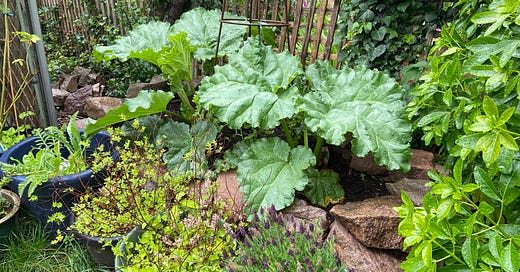


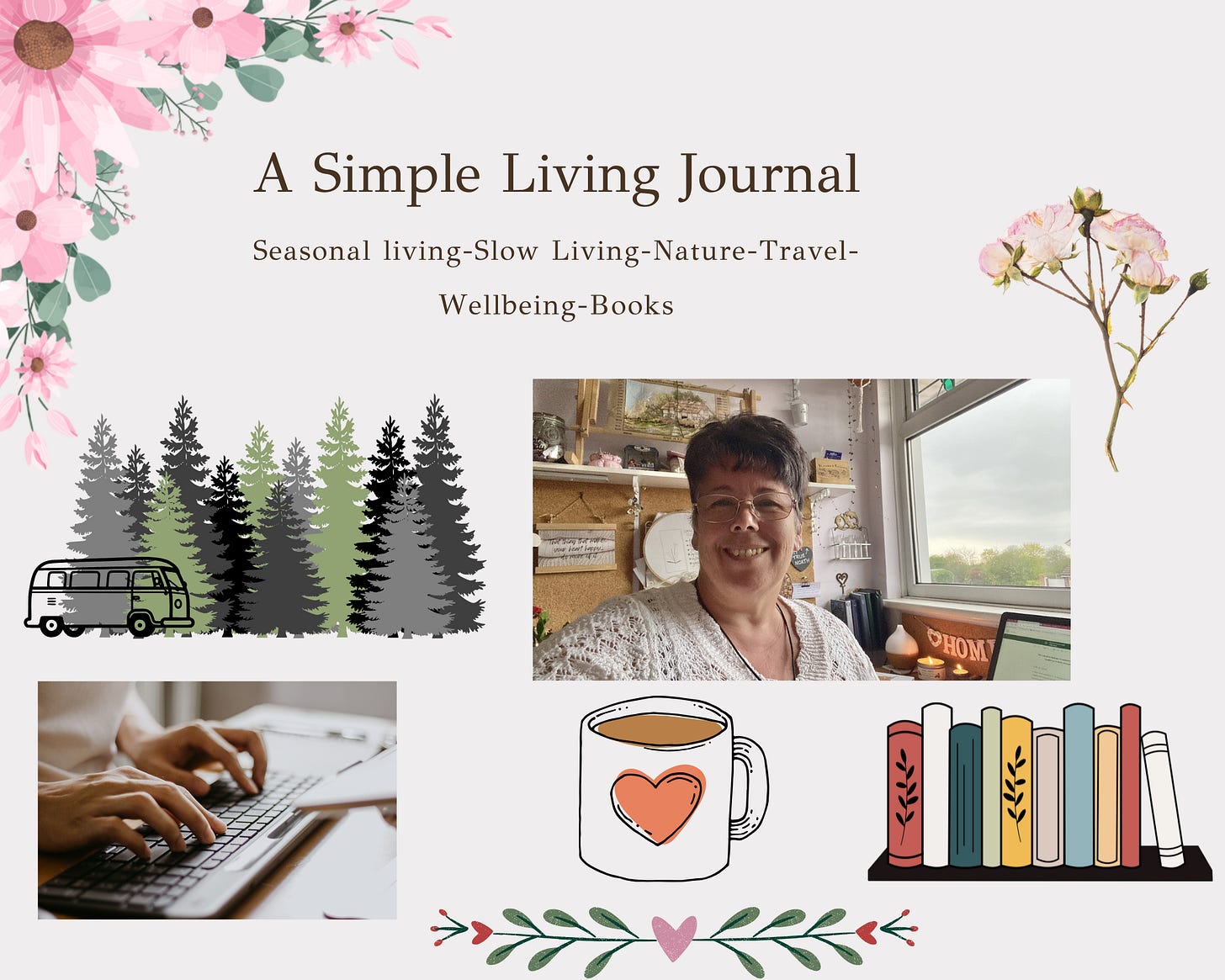

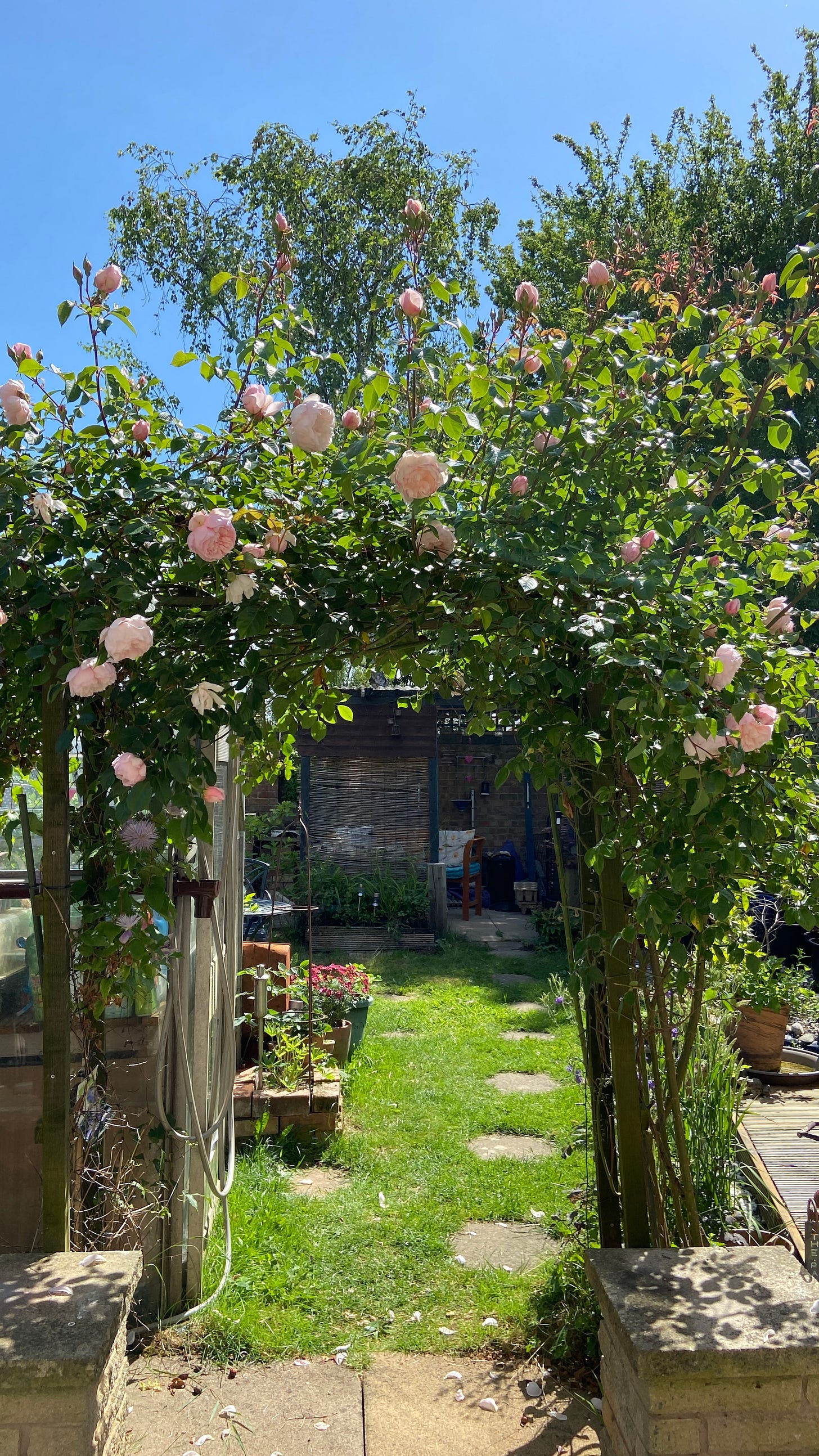

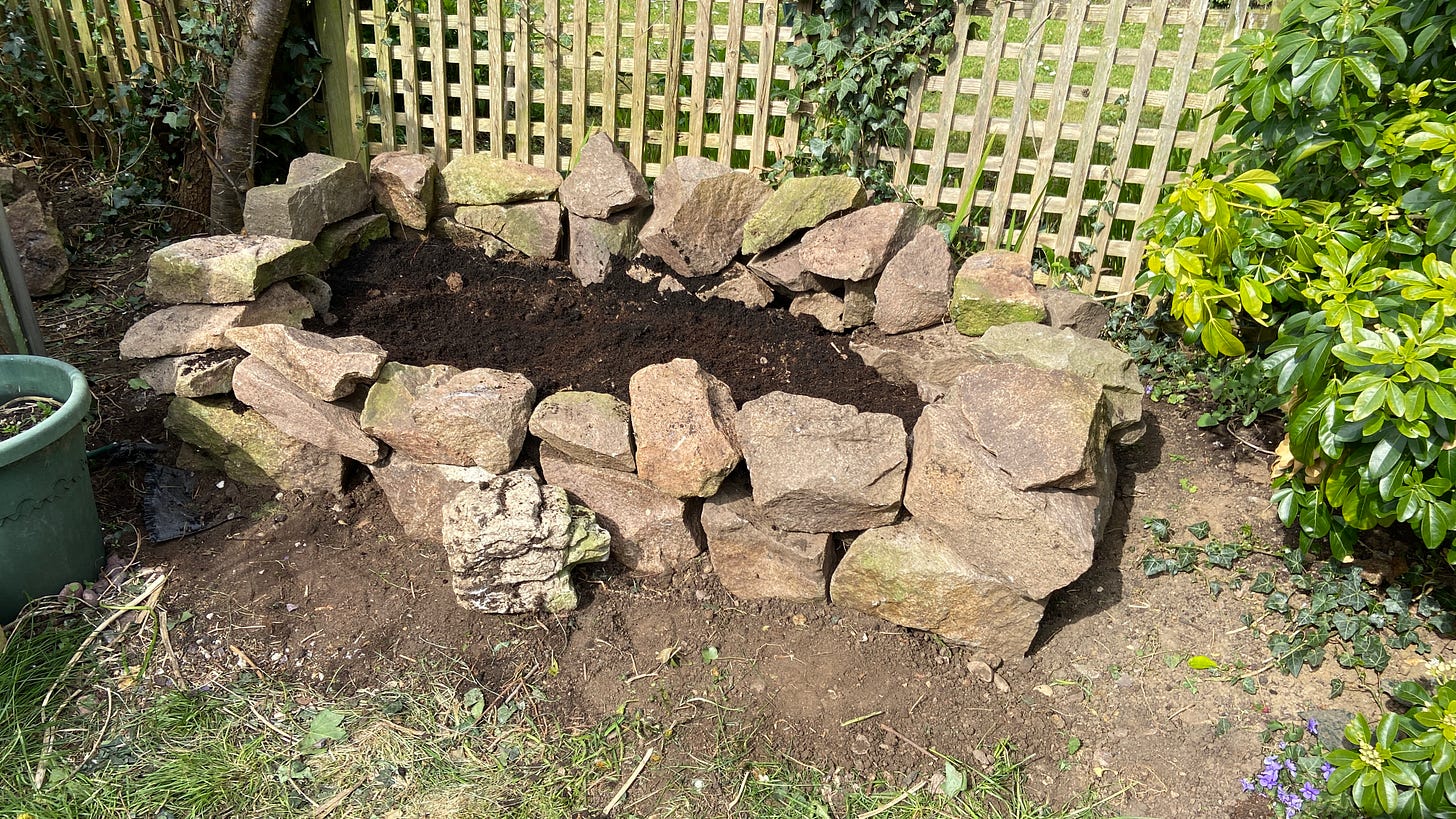

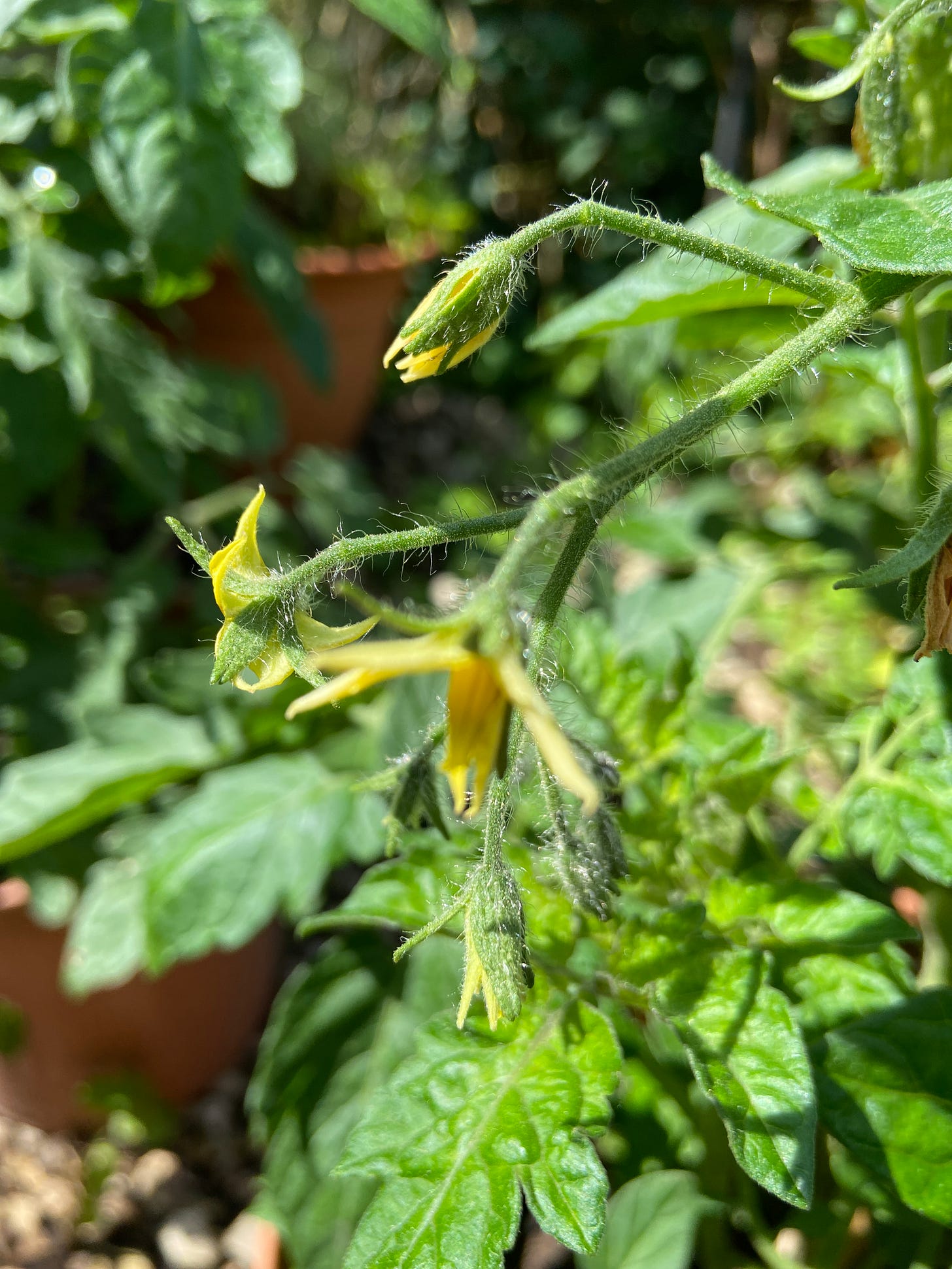
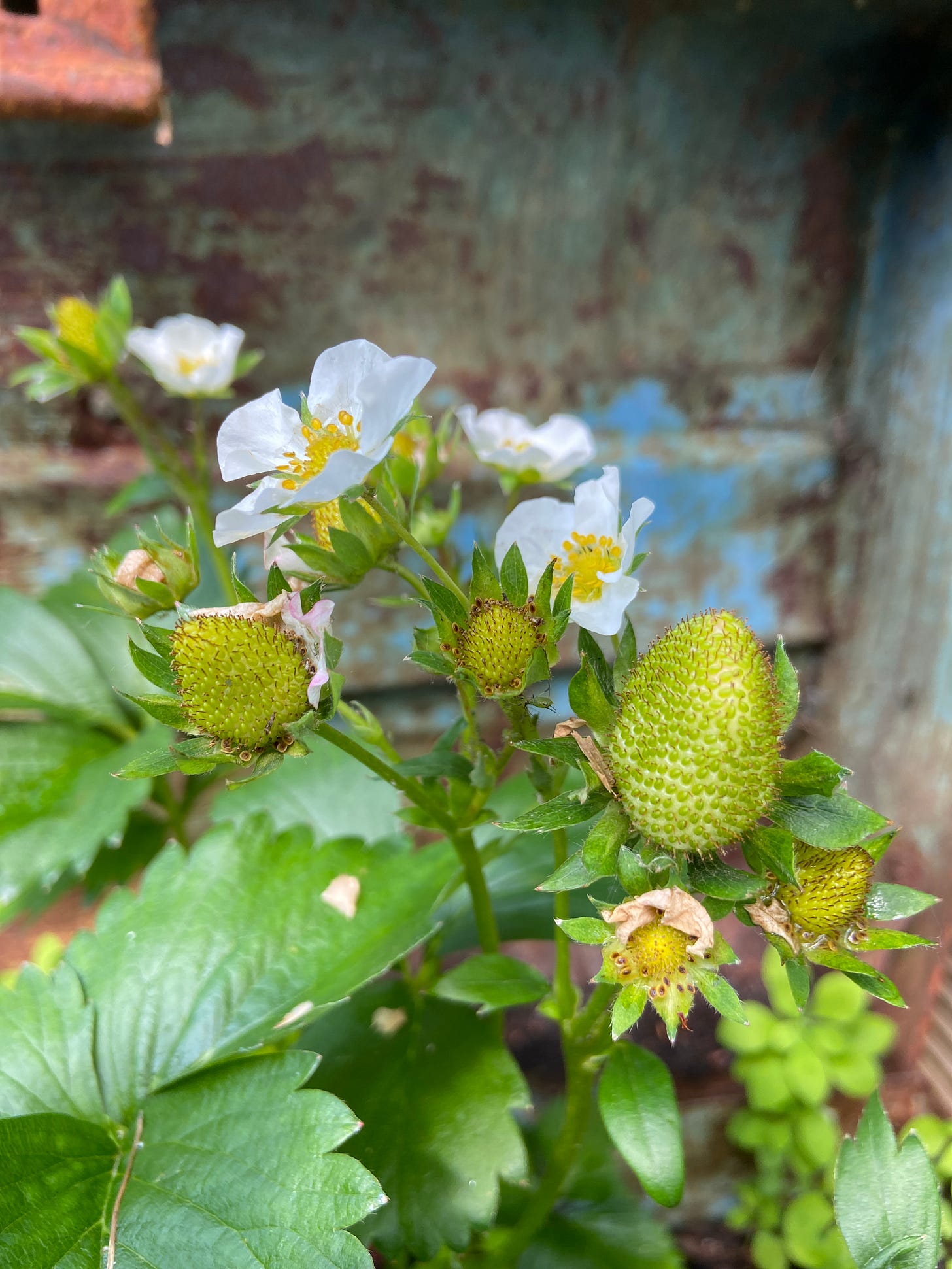
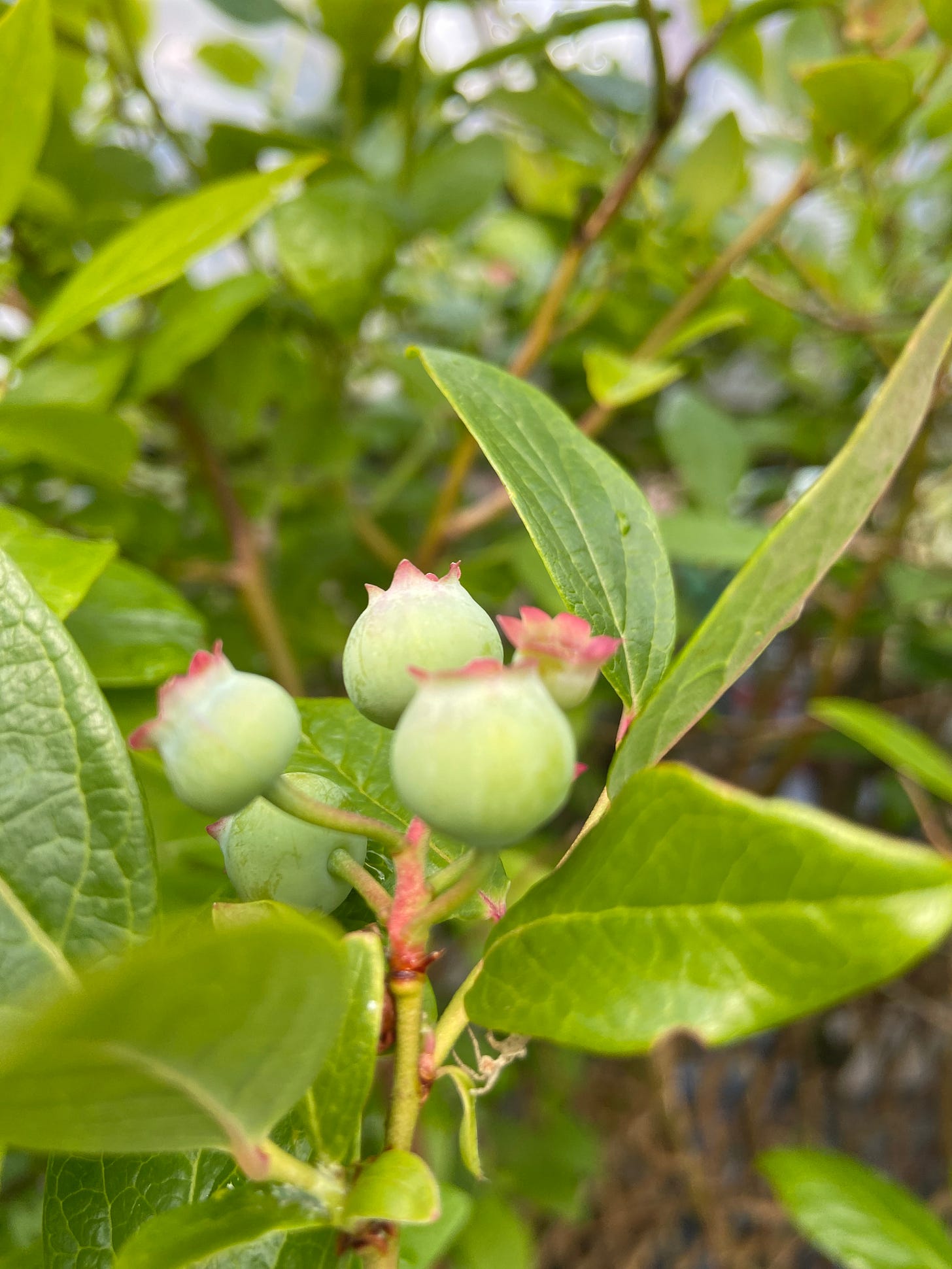
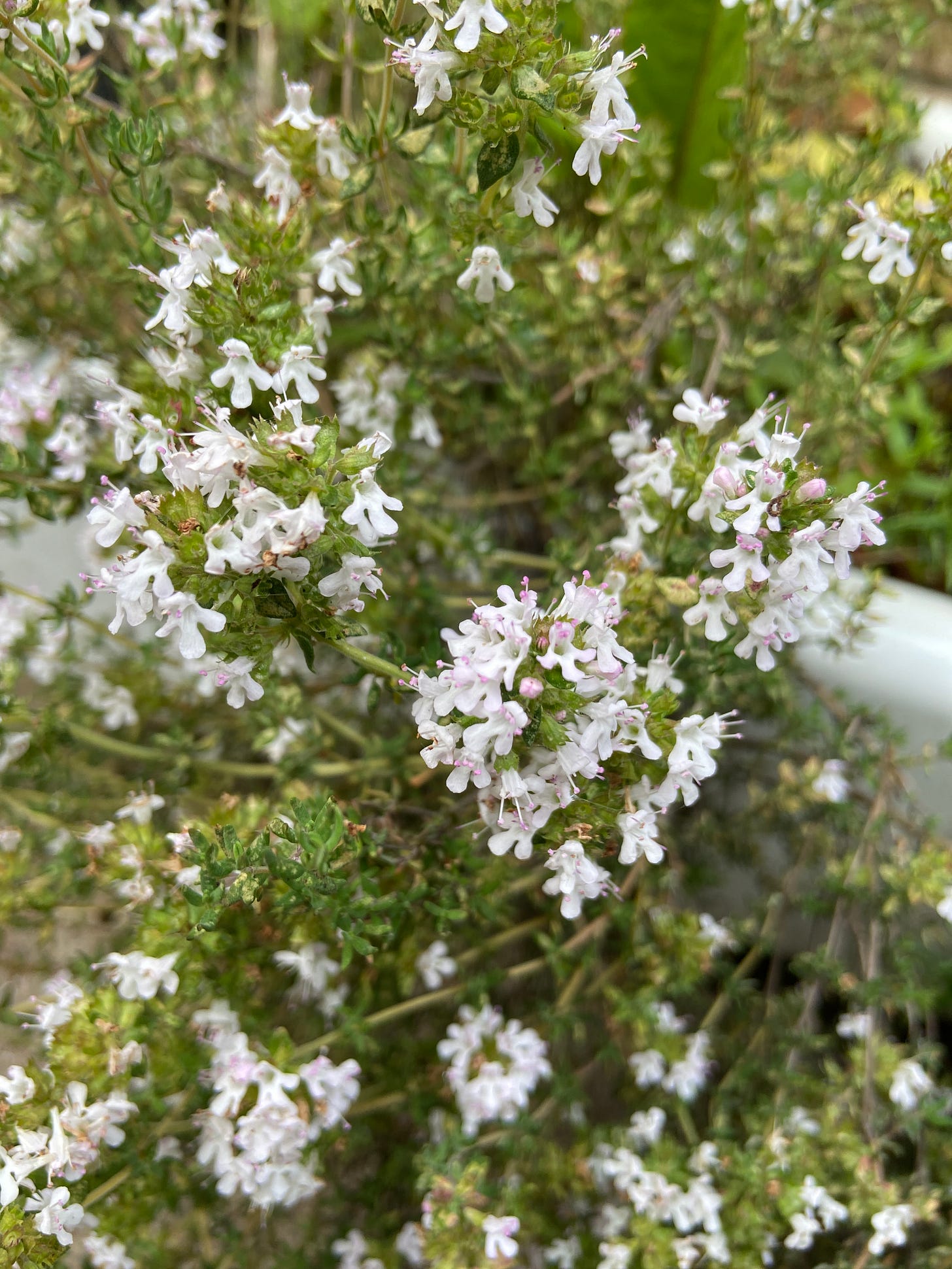








This is such a lovely post Debbie, I took on an allotment last year and it is my refuge and sanctuary. I love how much wildlife you see too 🌻🌱 I
Your rose arch is beautiful!
I also had an allotment but sadly had to give it up as I had no idea what I was doing, working full-time and studying for a degree, it was all sadly too much. I'm back on the waiting list but there are at least 70 people on that list with no more applicants being accepted onto the lust. A huge demand!
So, I decided to create my own garden allotment on the bit of unused land we have adjacent to our house. It's been a lot of work but seeing things growing now, makes it all worth it! I'm hoping for a few blueberries this year! ☺️☺️☺️
I'm so passionate about people growing their own food, in whatever space they can, and definitely think seasonal eating should go back to being a core thing.